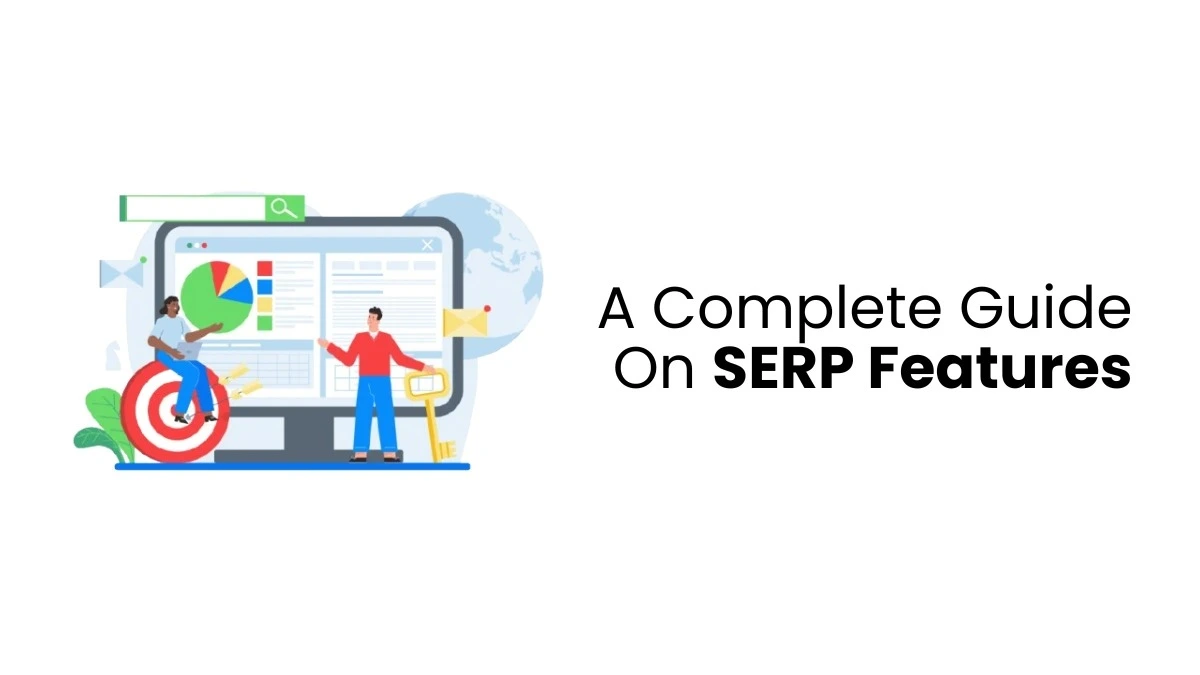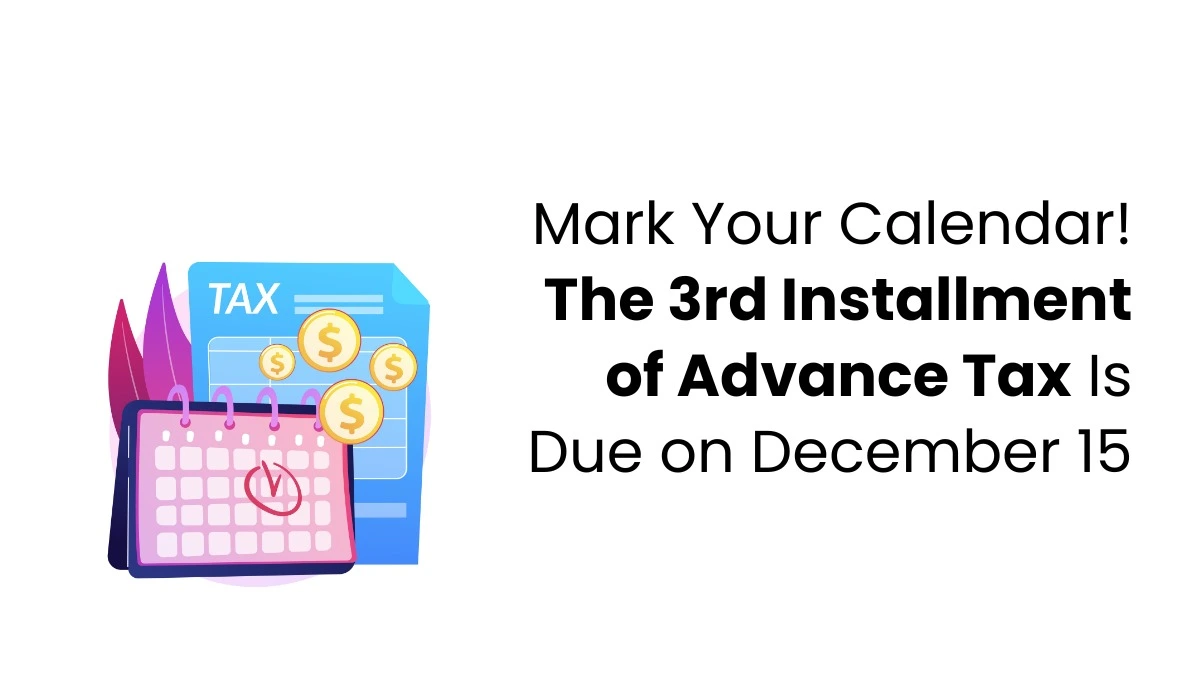If you’ve ever encountered the term “Pogo sticking in SEO” or marketing discussions, you’ve likely realised it’s not as enjoyable as it may sound.
Pogo sticking in SEO, is a concept introduced by Google. It refers to a user visiting your site from a search engine results page (SERP), leaving your page, and returning to the SERP to click on another result or visit a different website.
Pogo Sticking is the worst-case scenario in SEO, worse than high bounce rates or low time spent on a page. Why? Because it indicates that your content may not address the user’s search query. If you think about pogo-sticking , it happens frequently, search engines like Google may downgrade your site.
How to Prevent Pogo-Sticking?
There’s no need for complex page layout strategies or compelling calls to action to counteract pogo-sticking on your website. While these elements can be beneficial, the most effective way to prevent pogo sticking in SEO is to offer a meaningful solution that addresses a user’s problem or answers their question. Consider the nature of the search queries that lead people to your webpage. If your site delivers the best answer or solution, you will likely experience a lower pogo-sticking rate.
Your page needs to offer unique value that sets it apart from others. However, it’s equally crucial to deliver the right kind of value. If someone searches for a “snowblower repairman,” and your page primarily discusses purchasing a new snowblower, you will likely attract visitors who quickly bounce off. Even if your content is related to snowblower repair, pogo sticking may still occur if it fails to engage and establish trust. To mitigate this, focus on delivering exceptional value to your site visitors – a fundamental aspect of effective content development.

Overcoming Pogo-Sticking with Simple Practices
To steer clear of pogo sticking and keep users engaged, incorporate these straightforward practices:
Optimise Font Size
Ensure readability by starting with a sizable font. A larger font size enhances user experience, conveying the importance of your content without causing strain.
Choose Relevant Images
Select images that seamlessly align with your content. Visuals provide users with a quick insight into what your content entails. Opt for reliable, contextually fitting images to encourage users to explore further.
Understand Search Intent
Recognize and address the user’s search intent. Google displays results from various sources, and aligning your content with the user’s intent is pivotal. A precise match ensures users find what they seek, reducing the likelihood of bouncing back.
Update Content Regularly
Users tend to leave outdated web pages. Keep your content fresh and relevant by regularly updating and improving it. Display both the original ‘published on’ date and the ‘Updated on’ date to convey your commitment to staying current.
Incorporate Tables of Content
Implementing a table of contents is user-friendly, especially for long-form content. It provides users with a clear overview, reducing information overload. Users can navigate directly to their desired content, fostering longer stays on your site.
Utilise Internal Links
Internal links within your webpage guide users more deeply into your content. Placing these links strategically, significantly higher on the page, prolongs the user’s stay. Offering additional relevant information on your site diminishes the chances of users returning to search results.
Consider Adding FAQs
In any content, user inquiries are inevitable. Integrating a Frequently Asked Questions (FAQ) section into your website proves instrumental in maintaining user interest. Addressing common queries within the FAQ ensures users find answers promptly without navigating to external pages. Regardless of content specifics, an FAQ section is a valuable resource, actively contributing to user engagement and minimising the likelihood of users leaving the site searching for information.
If your web page is slipping in rankings, pogo sticking might be the culprit. The solution is within reach, and the expertise of joining courses provides the tools, ideas, and analytics to elevate your webpage’s performance. In the ever-evolving digital landscape, a successful career in SEO demands staying updated with trends and mastering effective techniques. Join Finprov’s Digital marketing training institute in Kochi to explore SEO, SEM, SMM, Affiliate Marketing, and more. Our digital marketing course led by industry experts ensures practical learning, setting you on the path to becoming a well-rounded SEO professional. At present, the scope of digital marketing is increasing more. So, elevate your skills and prospects—enrol today!










